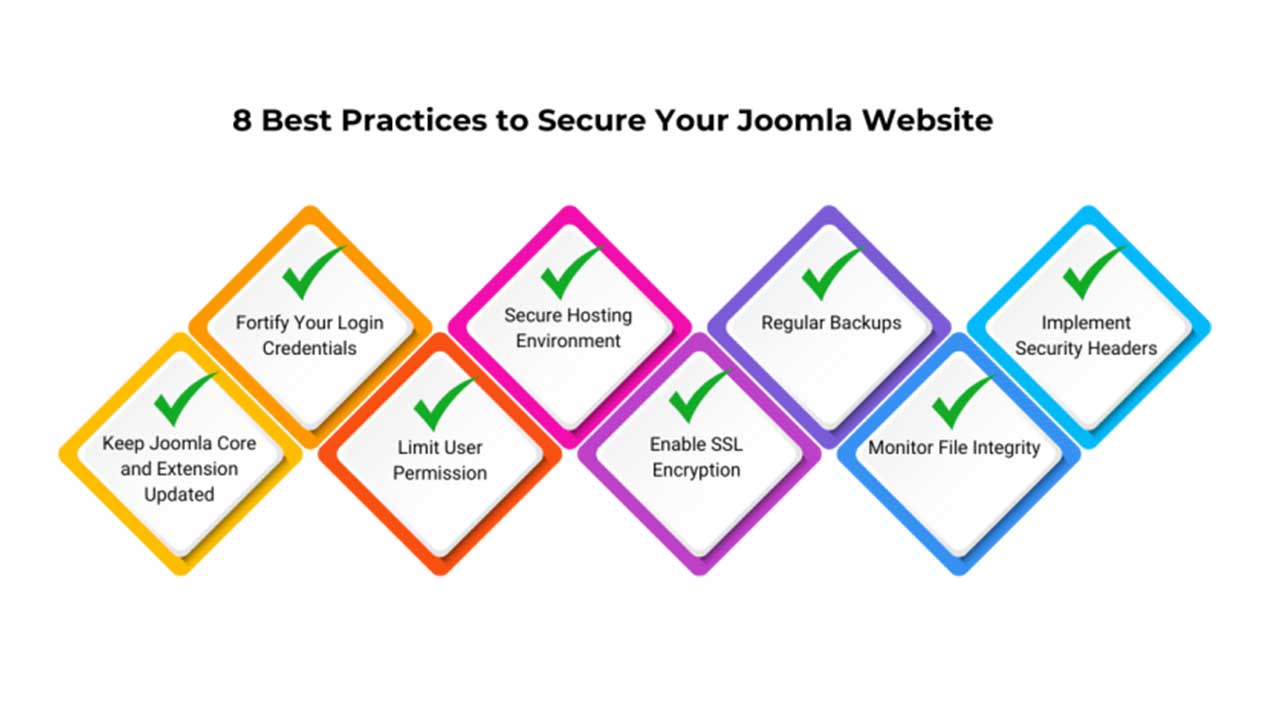Cloud Migration: Seamlessly Move Your Enterprise IT Infrastructure to AWS
Migrating your enterprise IT infrastructure to the cloud can be a transformative process, enabling enhanced flexibility, scalability, and cost savings. This blog will explore the benefits, process, and considerations of cloud migration, specifically focusing on moving your infrastructure to Amazon Web Services (AWS). Whether you’re looking for a full or partial migration, our team is here to help you every step of the way.
Introduction to Cloud Migration
What is Cloud Migration?
Cloud migration involves moving your IT resources—data, applications, services, and settings—from on-premises infrastructure to a cloud-based environment. AWS provides a robust and secure platform for such migrations, offering a wide range of services and tools to ensure a smooth transition.
Why Choose AWS?
AWS is a leader in the cloud computing space, known for its reliability, security, and scalability. It offers a comprehensive suite of services that cater to various business needs, making it an ideal choice for enterprises looking to migrate their infrastructure.
Benefits of Cloud Migration
Cost Efficiency
Moving to the cloud can significantly reduce your IT costs. AWS offers a pay-as-you-go pricing model, eliminating the need for substantial upfront investments in hardware and reducing ongoing maintenance costs.
Scalability and Flexibility
AWS allows you to scale your resources up or down based on demand, ensuring optimal performance and cost-efficiency.
Enhanced Security
AWS provides robust security measures, including encryption, access controls, and compliance certifications, ensuring your data and applications are well-protected.
Improved Performance
With AWS’s global infrastructure, you can ensure high availability and low latency for your applications, improving user experience and operational efficiency.
Types of Cloud Migration Services
Full Migration
A full migration involves moving your entire IT infrastructure to AWS. This includes all data, applications, services, and settings. It’s ideal for organizations looking to completely transition to the cloud and leverage its full benefits.
Partial Migration
Partial migration allows you to move specific components of your IT infrastructure to AWS. This can be useful for businesses looking to test the waters before committing to a full migration or for those with hybrid environments.
The Cloud Migration Process
Assessment and Planning
The first step in any migration is to assess your current IT environment and develop a comprehensive migration plan. This includes identifying which applications and data to migrate, estimating costs, and defining success metrics.
Selecting the Right Migration Tools
AWS offers various tools to facilitate migration, such as AWS Migration Hub, AWS Database Migration Service, and AWS Server Migration Service. Choosing the right tools is crucial for a smooth migration process.
Executing the Migration
The migration process involves transferring your data and applications to AWS, configuring the cloud environment, and ensuring everything functions correctly. This step requires careful planning and execution to minimize downtime and disruption.
Testing and Optimization
After the migration, thorough testing is essential to ensure everything works as expected. This includes performance testing, security checks, and optimization to take full advantage of AWS’s capabilities.
Ongoing Management and Support
Post-migration, continuous monitoring and management are necessary to ensure the ongoing performance and security of your cloud environment. AWS provides various management tools to help with this, and our team is here to provide ongoing support.
Conclusion
Migrating your enterprise IT infrastructure to AWS can unlock numerous benefits, from cost savings to enhanced performance and security. Whether you opt for a full or partial migration, our team is ready to assist you in making the transition as seamless as possible. With careful planning, the right tools, and ongoing support, you can leverage the power of AWS to drive your business forward.
FAQs
What is the first step in migrating to AWS?
The first step is to conduct a thorough assessment of your current IT environment and develop a detailed migration plan. This includes identifying which applications and data to migrate, estimating costs, and defining success metrics.
How long does a typical cloud migration take?
The duration of a cloud migration can vary significantly based on the complexity of your IT environment and the scope of the migration. A detailed assessment and planning phase can provide a more accurate timeline.
Can I migrate only part of my IT infrastructure to AWS?
Yes, partial migrations are possible and can be beneficial for businesses looking to test the cloud environment or maintain a hybrid infrastructure.
What tools does AWS provide for migration?
AWS offers a variety of tools for migration, including AWS Migration Hub, AWS Database Migration Service, and AWS Server Migration Service, among others.
How do I ensure the security of my data during migration?
AWS provides robust security measures, including encryption and access controls. Additionally, our team can implement best practices to ensure your data is protected throughout the migration process.
What support is available after migration?
Post-migration, ongoing support is essential to ensure the continued performance and security of your cloud environment. AWS offers various management tools, and our team is available to provide continuous monitoring and support.









